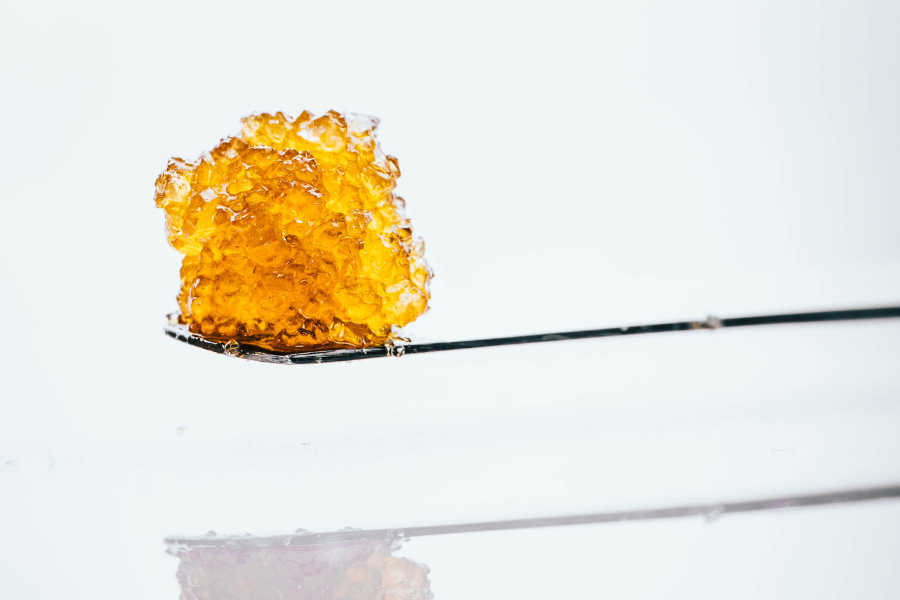
CBN vs THC: The Difference Between THC and CBN Explained
The world of cannabis can be complex and confusing for not just newcomers, but even seasoned stoners looking to try something new. From all the different Runtz strains to various consumption metho...

RSO Gummies vs Live Resin Gummies
Today, we’re going to compare and contrast RSO gummies vs live resin gummies to see where each has an edge.

How To Smoke Live Resin Concentrate in Different Ways
Live resin is a relatively new and popular concentrate known for its quality flavor profile, but how do you smoke it? Read on to find out!

Live Resin vs Rosin vs Distillate: What’s the Difference Between These Concentrates?
The world of cannabis concentrates is complex with so many different options at your fingertips. From wax to rosin, live resin to distillate, it’s easy to get overwhelmed. The differences will be...

Live Resin vs Wax: What’s the Difference and Which is Better?
Today, we’ll compare and contrast two popular choices side by side - live resin vs wax. Learn all about the difference between live resin vs wax in this guide.

How to Make Live Resin Gummies
We’ll provide step-by-step instructions on how to make live resin gummies below. Or, save the time and stress of DIY THC gummies with live resin gummies at Evn!

Live Badder vs Live Resin: What’s the Difference Between Live Resin and Badder?
It’s easy to get overwhelmed by all the different options at your disposal - like live badder vs live resin. We’ll compare and contrast them for you.
